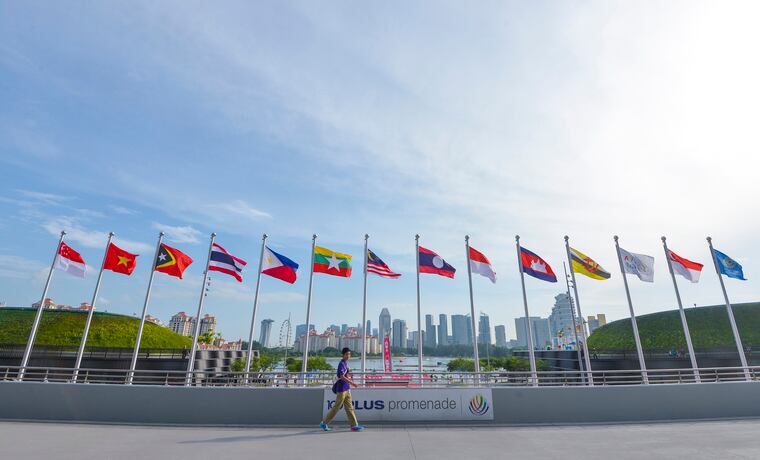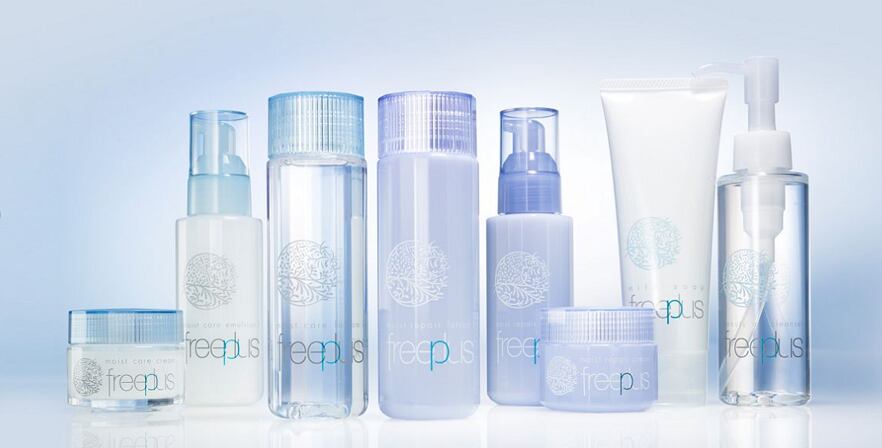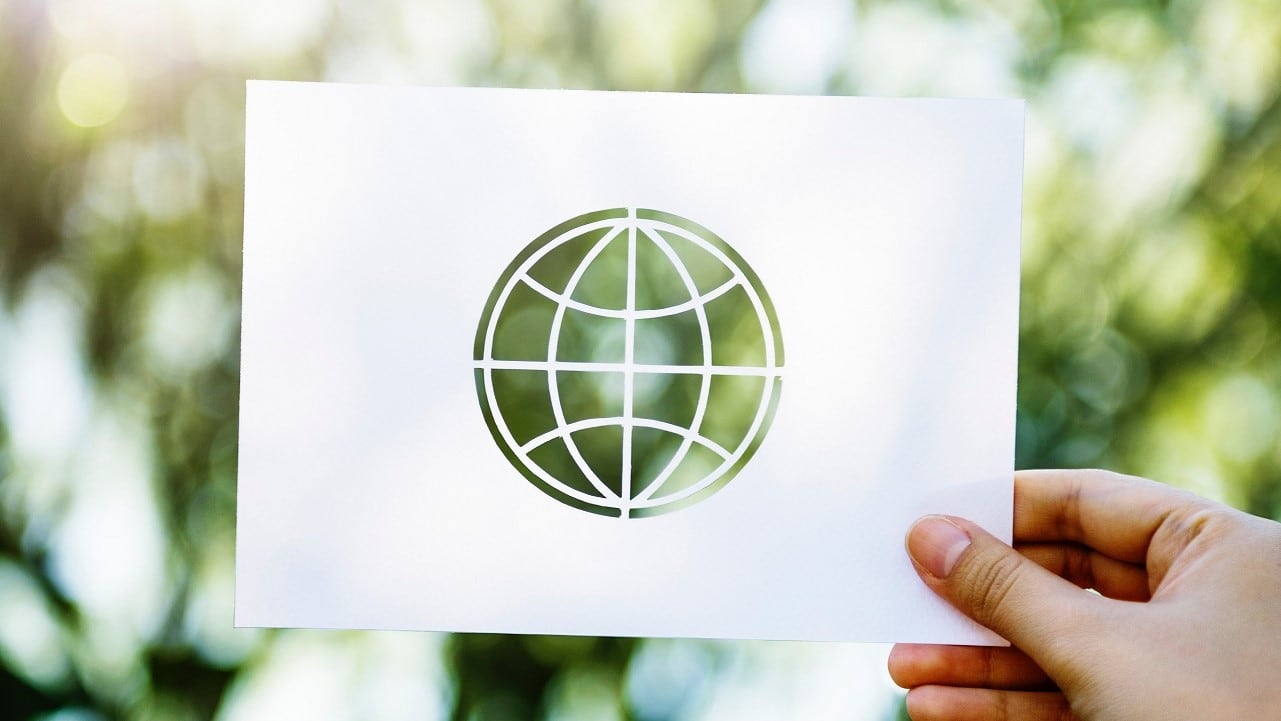Dr Nicole Ling, Global Product Stewardship, Procter & Gamble, was at a workshop held by the Cosmetics, Toiletries & Fragrance Association of Singapore (CTFAS) to discuss the cosmetic regulatory challenges in ASEAN.
Ling explained that regulations still vary across all ten ASEAN member states because that factors such as time-lag, translation and overlapping regulations inherently create differences.
After all, she said, the ASEAN Cosmetic Directive (ACD) was “a directive, not a regulation”.
“This means there's no enforcement and legal binding power until the directive is adopted into the national regulations,” said Ling.
Additionally, Article 11 of the ACD allows each member state to decide what they want to adopt into their laws according to the local conditions such as religious or cultural sensitivity and consumer expectations.
Notifications, labelling and ingredients
One of the differences Ling highlighted was product notification which can vary in meaning.
“When we talk about the term ‘notification’ in regulation, it basically means that I am not seeking approval and that I’m informing you that I’m bringing this into the market. However, in some markets like Indonesia, it is the pre-approval you need to obtain before you can enter the market.”
She added that the requirements for documentation and information could vary greatly.
For instance, companies are not required to submit product formula information when they want to enter the Singapore market.
However, the Indonesian authorities require companies to declare all formula ingredients as well as the percentage of each ingredient.
When it comes to labelling, basic requirements are almost the same, but member states can impose additional requirement due to market specific considerations.
Companies that want to bring their products into Malaysia must attach product artwork before getting notification. Additionally, the product labels must have a disclaimer for animal-derived ingredients.
Ling added that companies needed to note down the differences in manufacturing and expiry dates. “Indonesia mandates expiry date but Thailand mandates manufacturing date. If you want to sell in both you basically have to put both on your packaging.”
She added that companies should take note of elements such QR codes and nano-labelling which are required in Indonesia and Thailand respectively.
When it comes to ingredients, Ling estimated that the annexes of the ACD were around 95% similar.
“There are some exceptions such as isopropylparaben, which is already banned in all cosmetic products in ASEAN with the exception of Indonesia,” she said.
Ling stressed that the ingredient annexes go through updates at least twice a year and cosmetic companies needed to ensure that they have the most updated information.
Importing from outside of ASEAN
Overseas companies that wish to import their cosmetic products into ASEAN need to note that countries like Vietnam and Indonesia require a Certificate of Free Sale from country of origin, said Ling.
However, Vietnamese authorities exempt countries part of the Comprehensive and Progressive Agreement for Trans-Pacific Partnership (CPTPP), such as Australia, Japan and Canada.
In such cases, product notification costs can vary, said Ling. “From what I understand, if you are importing into Indonesia, you need to pay around three times the cost for product notification versus sourcing within ASEAN.”
Managing the difference
With all these differences across ASEAN, companies need to know how to manage each specific requirements, said Ling.
“The first suggestion I have is that we need to understand ACD and the differences in each country. Ultimately, if you want to place the product on the market you have to make sure you are compliant with the local regulations.”
She added that it was crucial that the industry and authorities to communicate with each other.
“It’s very important that we collaborate within the industry and partner with authorities in member states to minimise the differences. After all, the objective of ASEAN harmonisation is really to eliminate the trade barriers among member states.”





